The 1954 Dodge Firearrow IV Concept Could’ve Been Chrysler’s Most Beautiful Production Car
There’s nothing quite like a concept car—the promise it holds, the way it can capture the imagination. The seeds of enthusiasm and inspiration it can spread to all corners of the automotive landscape. Even more dramatic is when such a visionary project amounts to more than a pure flight of fancy; a running, driving show car that looks near-ready for production only heightens the thrilling sensation that the future is right around the corner.
Chrysler built a legendary run of concept cars in the first half of the 1950s, perhaps none more dazzling, promising, and seemingly production-ready than the 1954 Dodge Firearrow IV roadster concept. Chrysler big-wigs ultimately did not green-light the car for the masses—a missed opportunity to take on the Corvette and Thunderbird that Hagerty senior auction editor Andrew Newton considers one of the greatest automotive “what-ifs” of the 1950s. A one-off sold to a buyer in Venezeula, this phenomenal show car survived. Now, 70 years later, it’s crossing the block with Broad Arrow at this weekend’s auction at The Amelia in Florida.




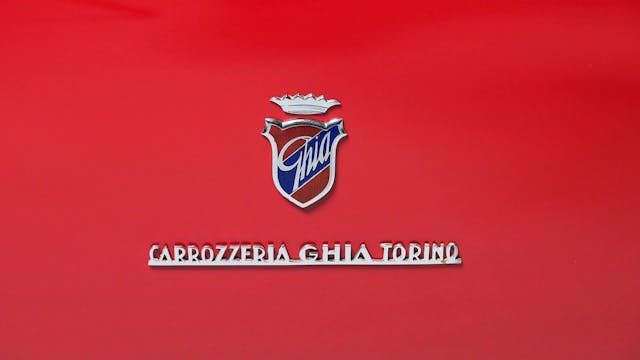
The Firearrow IV was the final so-named two-seater concept, following the first, Firearrow I, which debuted at the Turin show in November of 1953. (That first Firearrow was a static display car.) Based on the standard production Dodge Royal 119-inch-wheelbase chassis, these cars were coach-built by Italy’s Carozzeria Ghia, whose ties with Chrysler and “Forward Look” designer Virgil Exner began in 1951 with the Chrysler K-310 concept. Exner’s influence on Chrysler styling in the 1950s and beyond was far-reaching, and such “Idea Cars” were essential for testing public reaction to new design language as well as specific features. Spectacular, iconic ’50s designs ranging from the Chrysler 300 to the De Soto Adventurer and the ’57 Imperial owe much to Exner’s “Forward Look,” a gutsy effort to inject some life into Chrysler’s stalling postwar momentum.
Facing declining sales and a reputation for stodginess in the late 1940s, Chrysler’s big bet with the “Forward Look’s” was to establish the automaker as a design leader. It was a risky tack given that the company was still a bit gun-shy following the flop of the design-intensive Chrysler Airflow in the 1930s. The concept cars of the early 1950s proved immensely popular, however, and part of their appeal was that—unlike many of Ford and GM’s exercises at the time—they were mostly drivable.




Firearrow IV was the most production-ready of the Firearrow series, incorporating functional elements like a manually foldable convertible top, roll-up side windows, and exterior door handles. More fanciful were the quad exhaust tips that poke through the rear fenders, as well as the eye-popping black-and-white diamond-pattern interior scheme. There was even a 16-jewel, Swiss-movement “Dodgematic” clock positioned in the steering wheel. The hardware was all state-of-the-art, incorporating the top shelf of performance technology Chrysler had to offer: 150 horsepower from a “Red Ram” 241-cubic-inch Hemi V-8 with a four-barrel carburetor, a then-new PowerFlite two-speed automatic transmission, Safeguard hydraulic brakes, Oriflow shocks, and Safety Rim wire wheels.

Though there is plenty of chrome to elevate the sense of glamour, the Firearrow IV’s fundamental beauty is its smooth shape and clarity of design. The four-seater’s prominent front fenders rise above the curved hood and create a line that extends the full length of the car, terminating in subtle rear fins. The square-ish, grid-pattern grille evolved to be wider and more trapezoidal in shape in Chrysler’s later production cars, but the effect here is sophisticated when framed in a ring of chrome between four recessed headlights. In the Firearrow IV, European taste and craftsmanship meets American exuberance.

Though Firearrow IV was never produced en masse, the general idea of it did reach limited production. Businessman Eugene Casaroll purchased the rights to the design from Chrysler and contracted with Ghia to build the Dual-Ghia. Between 1956 and 1958, Ghia made 117 of them at a hefty price of $7646 (about $88,000 today). As writer Richard Dredge noted, “the V-8-powered Ghia soon became the luxury car of choice for the wealthiest film stars, with Frank Sinatra and Ronald Reagan each buying one of these drop-tops.”

What came of the Firearrow IV show car is a tale all its own. Following its U.S. press tour, the car was apparently sold to a dealer in Venezuela and on to a private owner in late 1954. A decade later it found itself on a used car lot in Caracas, after which it appeared for sale in the pages of the December 1964 issue of Motor Trend. It vanished for a bit after that, resurfacing in the 1980s at a hacienda about 90 miles outside of Caracas. The images below show it in that era finished in silver with a tan convertible top, along with years of dust and from being stored—complete—in a barn. Once rediscovered, Firearrow IV received a comprehensive restoration in the early ’90s that brought back its original Regimental Red paint scheme and diamond-patterned interior. From there it bounced around between several noted collectors, got another round of extensive mechanical restoration, and won the Chairman’s Award in Memory of David L. George II at the St. Michaels Concours d’Elegance in September of 2021.





Broad Arrow estimates that Firearrow IV will sell for $1.5–$2M. For context, Hagerty senior auction editor Andrew Newton points out: “Back in 2007, Barrett-Jackson sold Firearrow IV as a package with Firearrow II for $1.1M. Firearrow III sold in Monterey in 2011 for $852,500, and Firearrow II sold again in Monterey in 2021 for $1,050,000.”
This is a one-of-a-kind car, with the flash and panache of a chromed 1950s concept but the utility and drivability of a real car from the era. For a passionate fan of Italian coachbuilding, post-war American optimism and automotive leadership, or Chrysler design in particular, the Firearrow IV is an utter dream machine. Seven decades after it first appeared, it promises to inspire considerable admiration when it drives up on the stage at The Amelia this weekend.
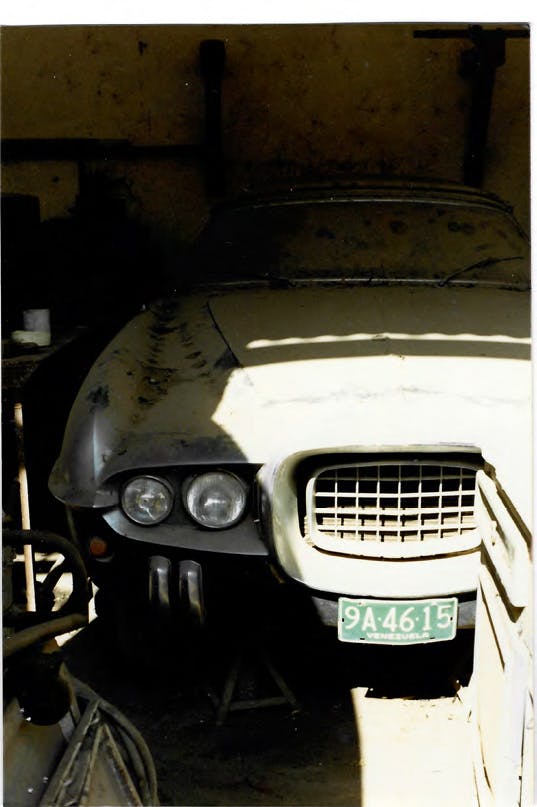



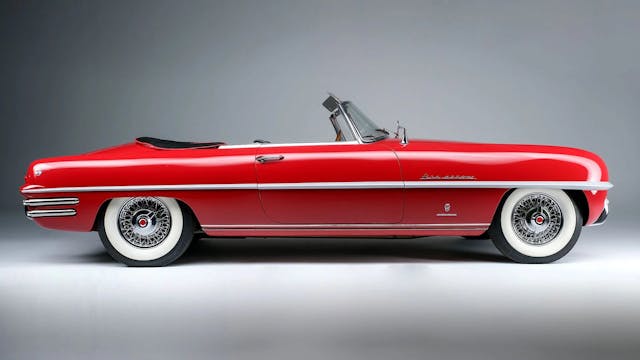








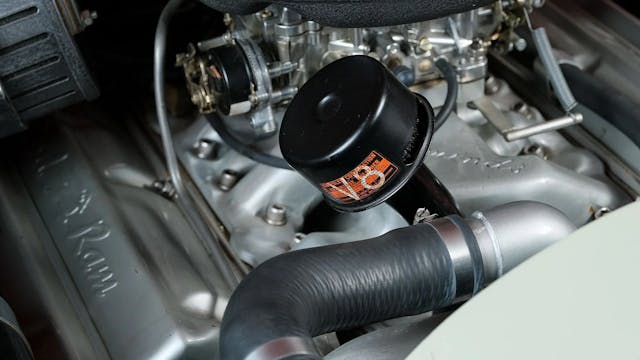


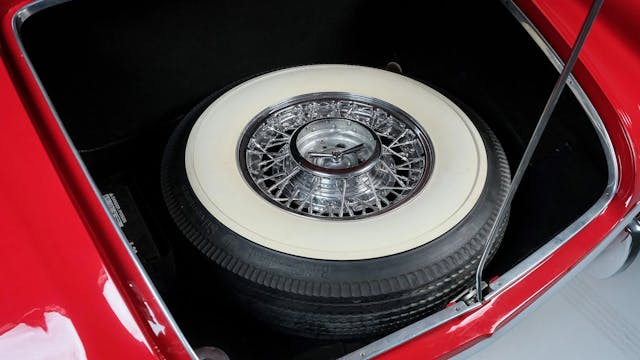
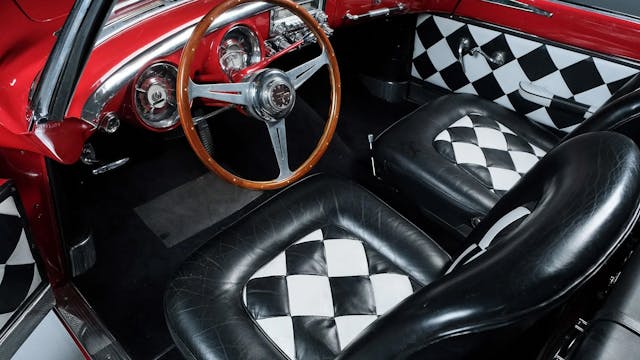


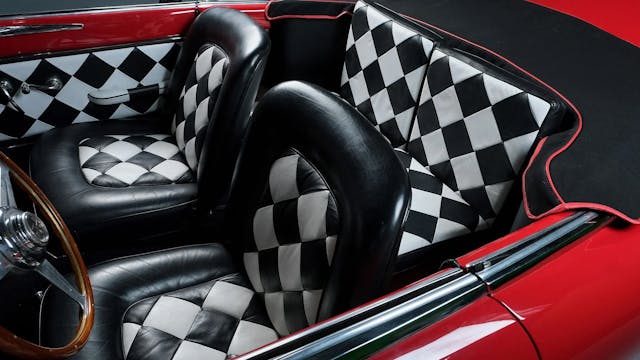



***
Check out the Hagerty Media homepage so you don’t miss a single story, or better yet, bookmark it. To get our best stories delivered right to your inbox, subscribe to our newsletters.



These cars never stood a chance. These were hand crafted and formed cars that back in the 50’s could not be easily or cheaply pressed out. These are complex curved bodies that until recently could not be formed till the hydro pressing came along.
Also it would have had a quick death as it was not a high performance sports car. It was more like the early Vette and T bird a cruiser. It is likely Chrysler would have never moved it into a performance range. Even if it has the Firedome Hemi it was not that kind of car.
But for sure it may have been one of the best looking Mopars of all time like the other Firearrows.
Is it just me or is the grille twisted slightly counter-clockwise in the opening?
I saw that and wondered though I suspect it’s an optical confusion 😉 because of reflection upon reflection.
JW – Yea slightly. We tied a chicken to it thinking it would roast in front of the radiator on the ride. It looked like that would work, it didn’t.
90% of an cool-looking, very “of its era” looking car.
The front end is just off to me, too beaky like late 60s T-birds and such. I do see the 300 series design language in it, and it could be great if executed differently.
The diner floor interior is both tacky and amazing.
Off point but when did it become ‘normal’, to further bastardize the use of English, to capitalize every single word in a title?
Let’s be grateful that it isn’t ALL CAPS, like some use.
Personal I know. Ghia designed some cars that have stood the test of time. This isn’t one of them.
It has the looks and style of a 4 eyed carp. Egads, Chrysler’s most beautiful car ever? I don’t think so.
Agreed! So many nicer Chryslers out there. It is a beautiful car, until you see teh front end. Then it just loses everything.
Always liked the style of these! Don’t really care for the interior. The Firearrow reminds me a lot of the Facel Vega!
Why does this article keep crediting Ghia “design”? It is my understanding that Ghia constructed Virgil Exner’s design from drawings provided by Exner. Ghia was the BUILDER, not involved in the DESIGN. Exner did the DESIGN–as he did with all the Chrysler/Ghia collaborations.
Expanding… Exner went to Ghia for construction because Chrysler’s in-house construction of “idea cars” was limited to making bodies in fiberglass. Exner’s designs for all the idea cars from the early-mid-50s had body-design features that could not be done in fiberglass. So these designs needed metal-fab bodies… something Chrysler could not do in-house in that period. Ghia had in-house metal-fab capabilities that could produce the complex shapes in Exner’s designs. At first glance, Exner’s designs look smooth and sleek, but when you look at details, you begin to realize how many areas of the bodies were clearly not fab-able in fiberglass.
Made me recall the story of the emperors new clothes.
What this thingamado really is, a tube extruder from a sausage factory.
The front end is the only real issue with the car. It looks much better from every other angle.
In production this car would have sat next to a ’55 T-Bird and a ’55 Vette and the buyers would have gone easily for the styling of the other two and passed on this ugly duck. I assume like any concept that went to production it would have changed for production simplifying but it would have needed a complete redo at both ends. If that interior had normal Italian period style upholstery it would have been beautiful but not the way it is. It looks like something an amateur customizer would have done in the late 50s. One with bad taste.
Very nice indeed but their 1952 Chrysler Ghia was much more attractive.
https://www.hagerty.com/media/automotive-history/when-chrysler-wanted-wow-it-called-ghia/
It’s the first image.
Like them or not, …back then…at least companies produced and exhibited “concept” cars for public opinion and some of the far out features actually made it into production (quad headlights). Nowadays all we get are black, white or grey jellybeans with no public opinion. I mean, 20 or so available colors, 5 interiors, engine choices etc. Now all we get is what “they” decide to give you whether you like it or not. can’t even get a two door anymore : (